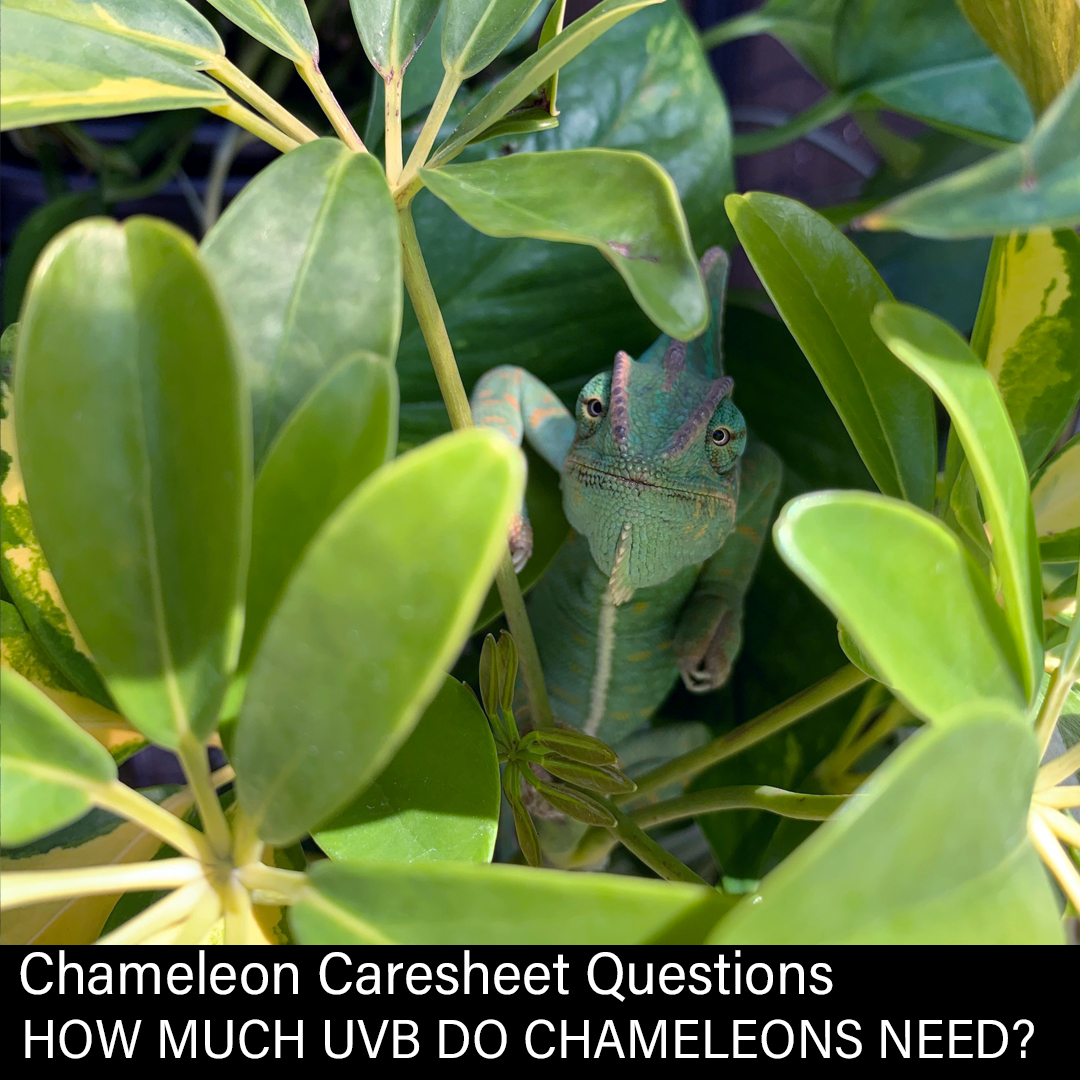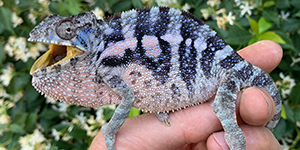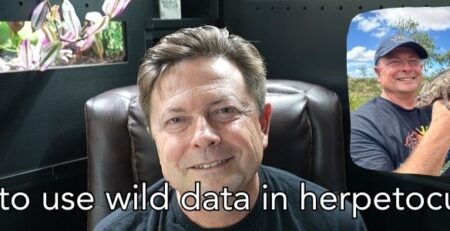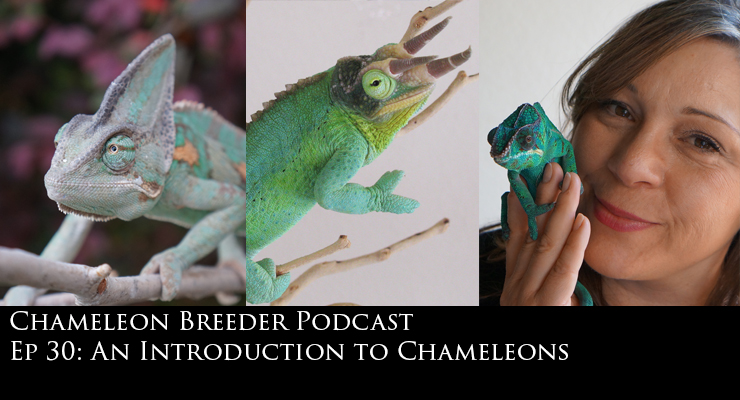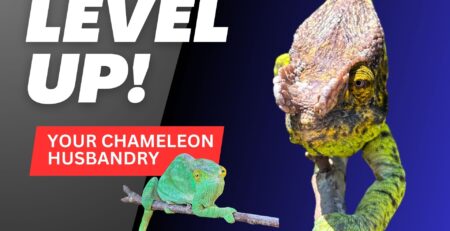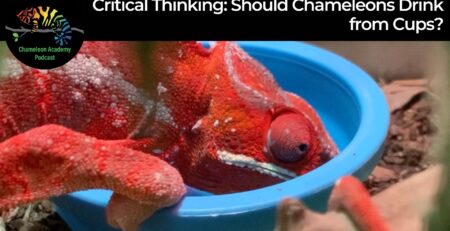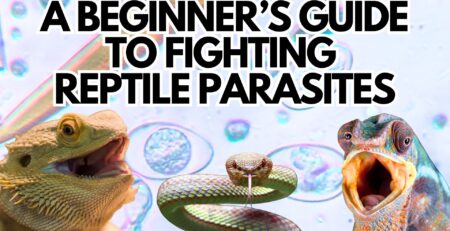Chameleon UVB: How Much UVB Do Chameleons Need?
Introduction to the Chameleon Caresheet Question Series
One of the more confusing things in the chameleon community is when advice doesn’t line up and experts disagree. What do you do when you are just trying to figure out what to do for your first set up? Whenever I update a care summary there is always feedback from people who see something that appears to be different from what they have been told already. And this is confusing to them. And, rightfully so! It would be great if all the experts agreed on care parameters and just stuck to one thing! Reality is so much more fuzzy. Care parameters presented are not always well thought out and there may be different perspective on others. So it may be that the different care sheet parameters are not as in conflict as they first appear!
So I am going to be focusing on a number of care parameters in the Chameleon Academy Care Summaries that you may find are different from what you see running around the great digital world out there.
Chameleon Caresheet Parameter: UVB Levels
UVB is light that is outside our vision, but is critical for both our and our chameleons’ life. It is the energy that our bodies use to synthesize D3 which, in turn, allows us to absorb calcium. Without this we cannot build strong skeletons and the lack of calcium eventually leads to death. The question then becomes obvious – how much UVB does a chameleon need?
There have been a number of attempts to determine the UVB needs of chameleons by scientists and serious hobbyists. The Ferguson zones have become a standard in the reptile world. The Ferguson Zones are a collection of charts that indicate the calculated UV Index levels that each reptile species needs considering their habitat and habits. This has served as an invaluable base for us to continue work from. And we in the chameleon community have continued that work. We have tested the effects of certain UV Index levels over the breeding lifecycle of both Veiled and Panther chameleons. Using the benchmark of females needing to calcify an entire clutch of eggs as our golden test, breeders have determined that 12 hour exposure availability to UV Index 3 produces completely calcified clutches of eggs. Note this only has shown that UVI 3 is an effective level. Further work needs to be done to determine if this level is actually higher than necessary or if 12 hour exposure is longer than necessary. In these tests, the chameleons were allowed to regulate their exposure on their own so we do know that UVI 3 over 12 hours is beyond what is necessary. It is an exciting time that we have discovered this much and that there is so much more to discover in our reach!
Although UVI 3 has been determined for Panthers and Veileds, there is still much work to be done to determine the target UVI for every other species. High altitude species such as Trioceros hoehnelii seem to want higher levels of UVB and lower altitude species such as Trioceros cristatus prefer lower levels. Preference will be a function of altitude as well as what level in the forest the chameleon inhabits. So each species is an opportunity for discovery!
Conclusion
Once the required UVI level has been determined the next major question is how to implement UVI 3 with the myriad of bulb and fixture options available. The Chameleon Academy Care Summaries are unique in that they specifically show one scenario that will work. They pick one fixture and bulb and shows the distance they need to be. You can use most any other combination of fixtures and bulbs if you have a UVB meter to dial it in. The determination of UVI 3 as a successful level should be taken not as the final word. It is only the first stab. We know it is effective for Veileds and panthers. But we do not know if lower levels would be just as effective. And this is worth figuring out as if we can use less energy to get the same job done it is worth it. Once the chameleon is done manufacturing D3 it goes into UVB blocking mode. If we can give them effective UVB exposure and also remove the excessive UVB that is simply wasted then we are on the right path to optimizing our chameleon husbandry.
Back to the Chameleon Caresheet Question Hub!
Click here to go back to the central Chameleon Caresheet Hub to review more care sheet questions.

